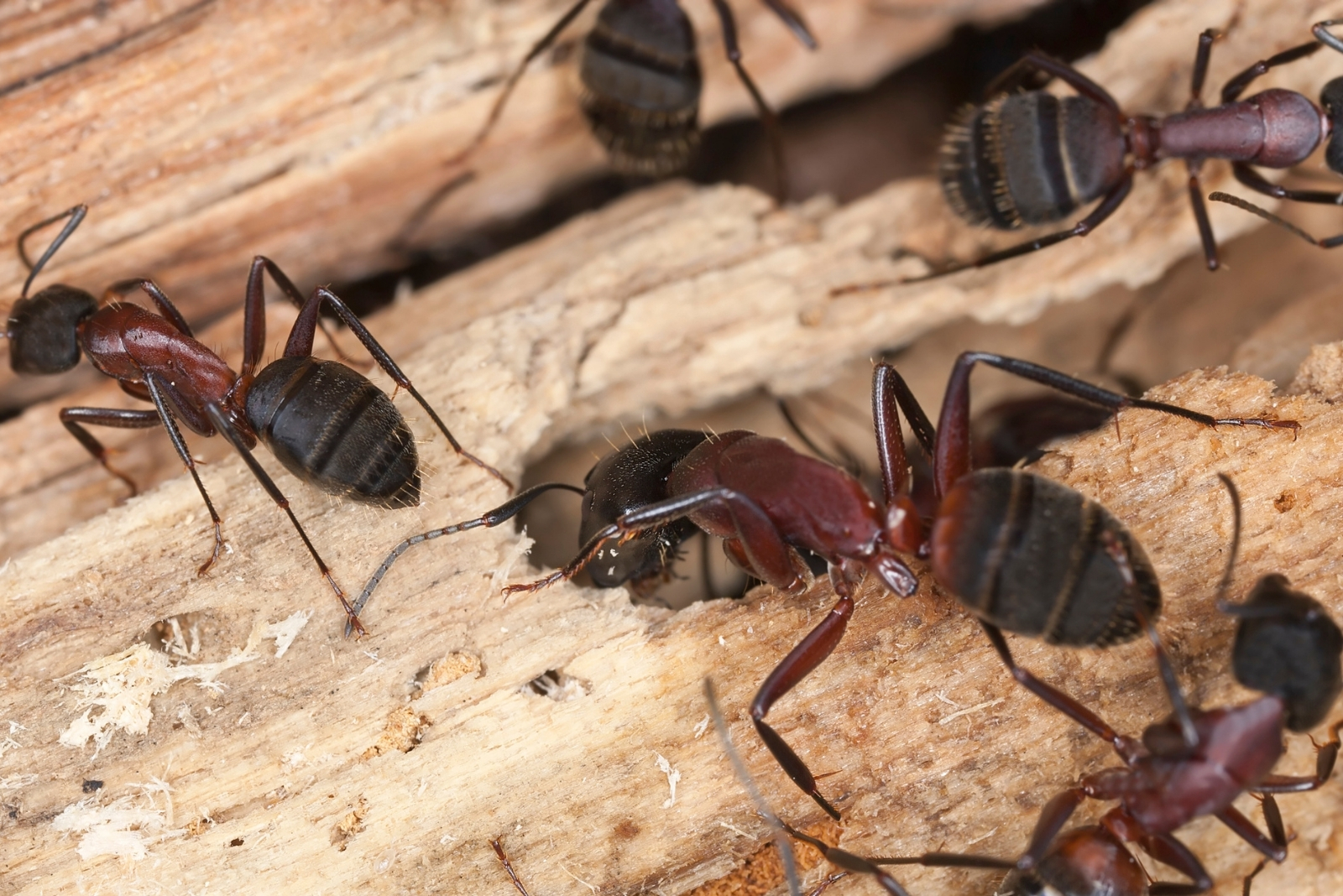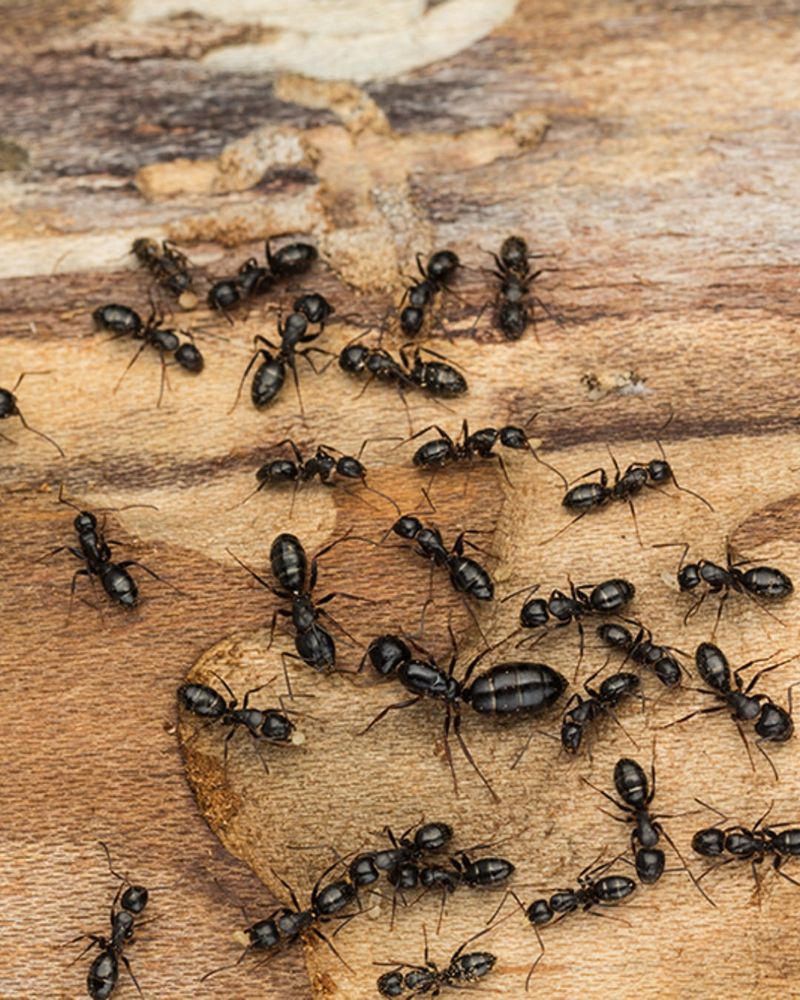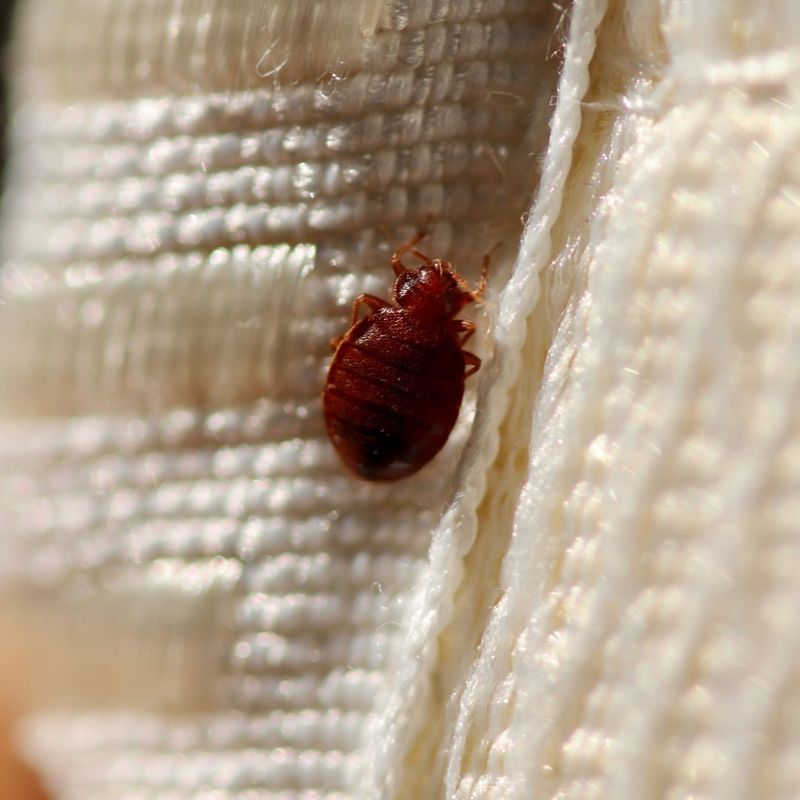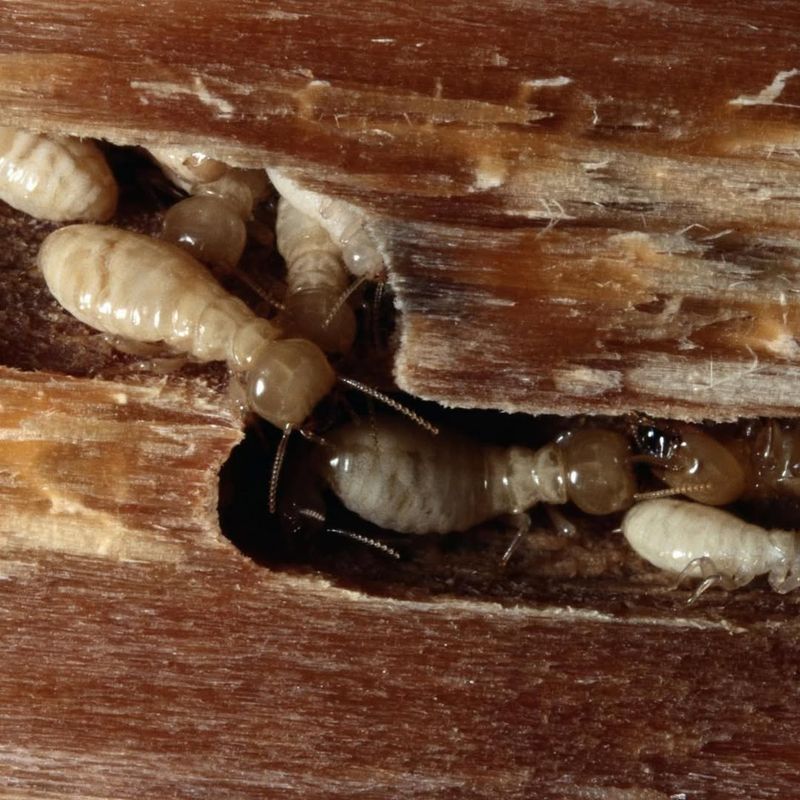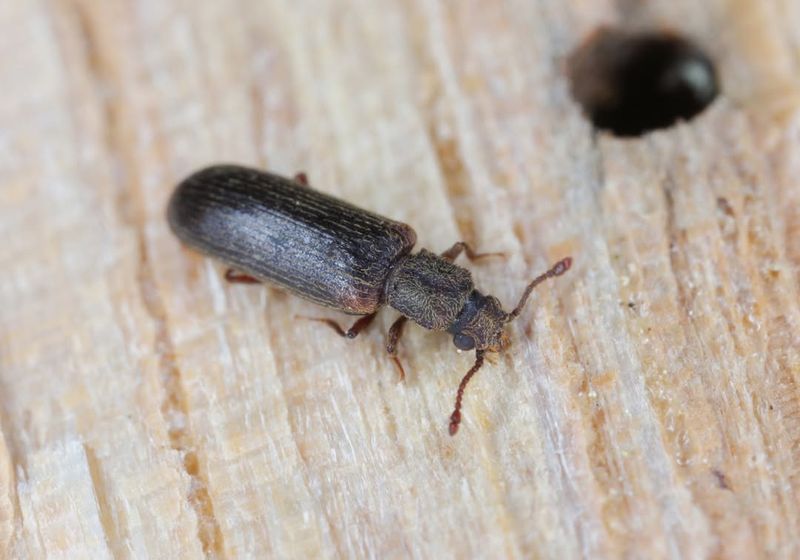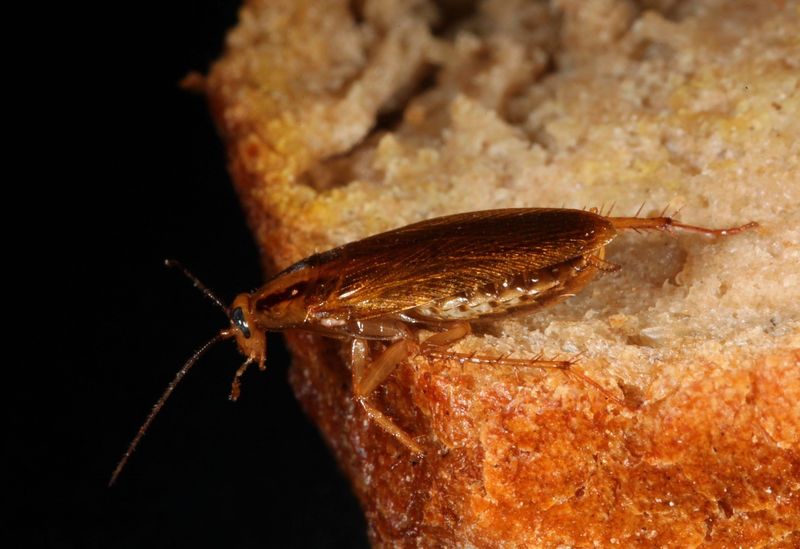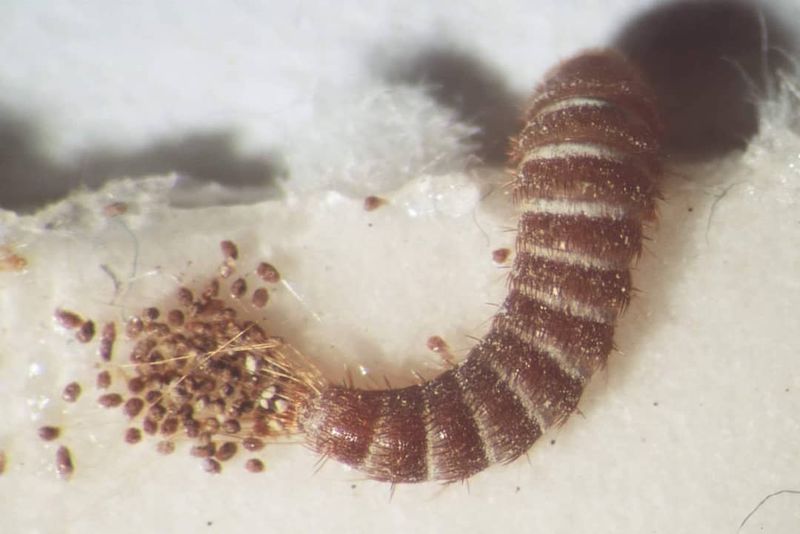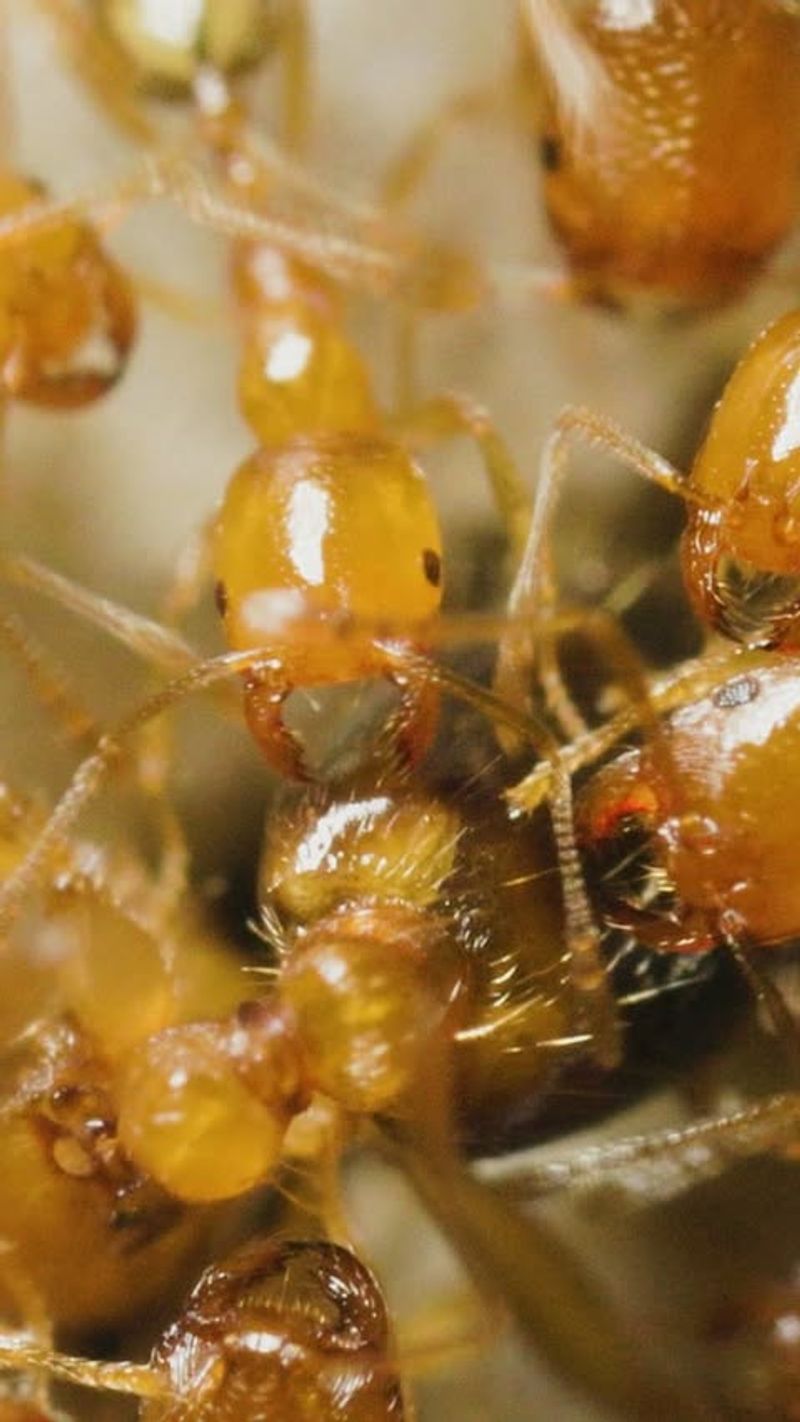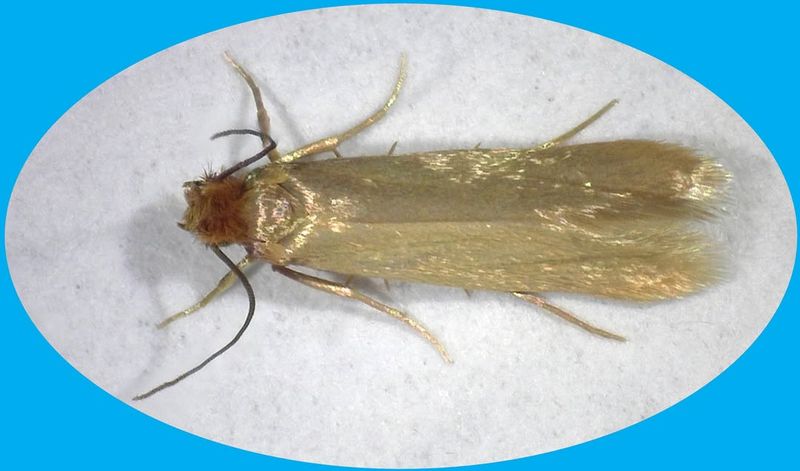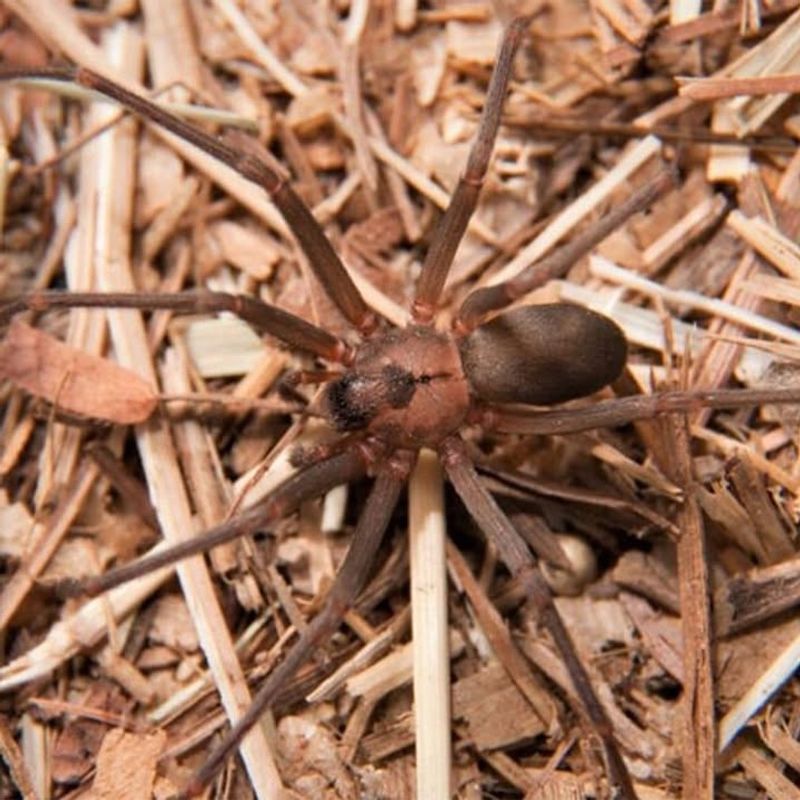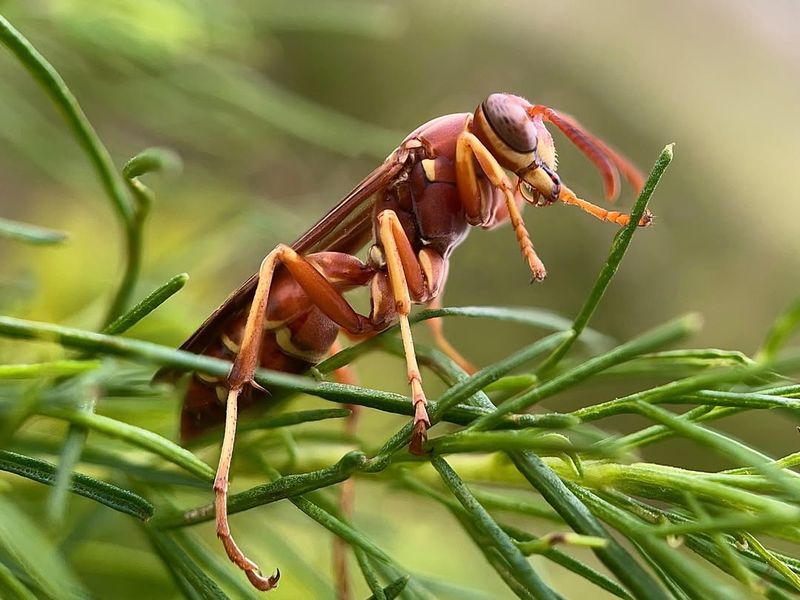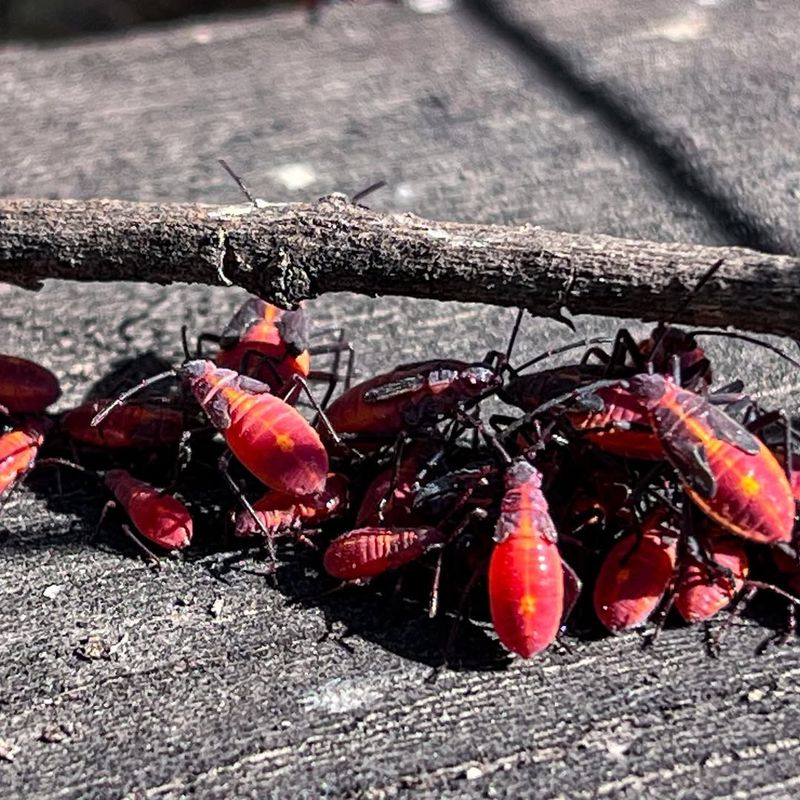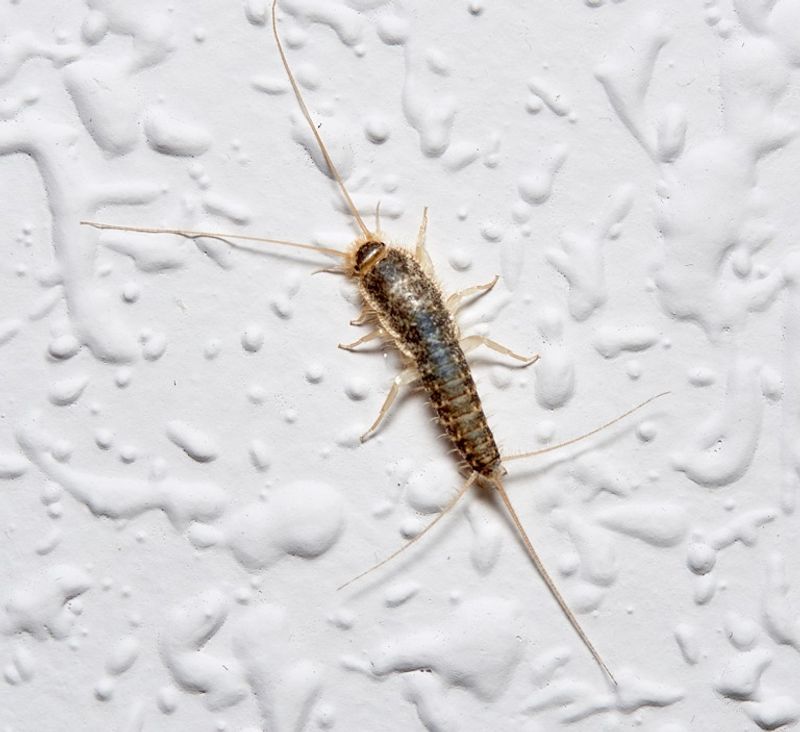Some insects in Minnesota yards aren’t just unwelcome—they can harm plants and property if left unchecked. Spotting them early is key to protecting your garden.
Taking action keeps your yard healthy and thriving. Here are 12 insects Minnesota homeowners should address without delay.
1. Carpenter Ants
These wood-destroying insects can silently turn structural beams into sawdust. Unlike termites, carpenter ants don’t eat wood but excavate it for nesting, leaving behind distinctive smooth tunnels.
Minnesota homeowners often mistake their damage for normal aging. Don’t delay if you spot large black ants or find small piles of wood shavings – your home’s integrity could be at stake.
2. Bed Bugs
Tiny vampires that feast while you sleep, bed bugs leave itchy welts and emotional distress. Their reddish-brown bodies hide in mattress seams, headboards, and nearby furniture during daylight hours.
Many Minnesota families struggle with these resilient pests. Look for rusty spots on bedding (their droppings), shed skins, and a sweet, musty odor that signals an infestation requiring immediate professional attention.
3. Termites
Silent destroyers working 24/7, termites cause over $5 billion in property damage yearly across America. They feed on cellulose in wood structures, often undetected until significant damage occurs.
Minnesota’s subterranean species thrive in our soil conditions. Warning signs include mud tubes along foundations, hollow-sounding wood, and discarded wings near windowsills – all requiring immediate professional assessment to protect your investment.
4. Powderpost Beetles
Furniture and hardwood floors transform into fine powder under these beetles’ persistent attack. Their larvae tunnel through wood for years before emerging as adults, leaving tiny exit holes and fine dust as evidence.
Throughout Minnesota, these destructive pests target both new construction and antique furniture. The telltale sign is small, round holes with sawdust so fine it feels like talcum powder when rubbed between fingers.
5. Cockroaches
Notorious disease carriers that contaminate everything they touch, cockroaches trigger asthma and allergies while spreading bacteria. They leave behind distinctive droppings resembling coffee grounds or black pepper.
Minnesota’s German and American cockroach varieties reproduce alarmingly fast. Their presence indicates sanitation issues that must be addressed alongside professional extermination – these resilient pests can survive almost anything except decisive action.
6. Carpet Beetles
Seemingly innocent, these small invaders destroy natural fibers throughout your home. Their larvae feed on wool, silk, feathers, and leather, leaving irregular holes and bare spots in precious textiles.
Many Minnesota homeowners mistake their damage for moth activity. Look for shed skins and small, round beetles near windows – their presence demands thorough cleaning and potentially discarding heavily infested items before they ruin your entire wardrobe.
7. Pharaoh Ants
Barely visible but incredibly persistent, these tiny yellow ants contaminate food and medical supplies. Traditional spraying actually worsens infestations by causing colonies to split and spread throughout buildings.
Minnesota hospitals and homes battle these pests year-round. Their multiple queens and satellite colonies make elimination challenging without professional help using specialized baits that workers carry back to destroy entire colonies.
8. Clothes Moths
Luxurious woolens and cherished heirlooms fall victim to these deceptive pests. The moths themselves don’t cause damage – it’s their cream-colored larvae that feast on natural fibers, leaving irregular holes.
Minnesota’s climate provides ideal conditions for year-round infestations. Check dark closets and storage containers for webbing, casings, and damaged textiles – early detection saves irreplaceable items from becoming moth food.
9. Brown Recluse Spiders
Violin-marked and venomous, these spiders hide in Minnesota homes’ undisturbed areas. Their bite can cause serious tissue damage requiring medical attention, though they rarely bite unless threatened.
Look for six eyes arranged in pairs (most spiders have eight) and a distinctive violin shape on their back. Finding even one warrants professional inspection – where there’s one, there are likely more lurking in your Minnesota residence.
10. Paper Wasps
Open-celled paper nests under eaves signal these territorial stingers have claimed your property. While beneficial for garden pest control, their proximity to doorways creates dangerous encounters for Minnesota families.
Unlike yellowjackets, paper wasps have dangling legs during flight and are less aggressive unless their nest is threatened. Early spring removal prevents colonies from growing to dangerous sizes throughout Minnesota’s warm months.
11. Boxelder Bugs
Red-lined invaders seeking warmth crowd Minnesota homes each fall. While harmless to humans, their sheer numbers and tendency to stain surfaces with excrement make them unwelcome houseguests.
These distinctive black and orange insects enter through tiny cracks around windows and foundations. Sealing entry points and removing female boxelder trees near your Minnesota property provides long-term relief from annual invasions.
12. Silverfish
Carbohydrate-craving nocturnal insects that damage books, wallpaper, and stored items. Their metallic appearance and fish-like movement make them distinctive but catching sight of them usually indicates a significant population.
Minnesota’s older homes with humidity issues frequently harbor these primitive pests. Finding chewed paper with irregular edges or yellow stains on fabric requires immediate dehumidification alongside targeted treatments to protect your belongings.

